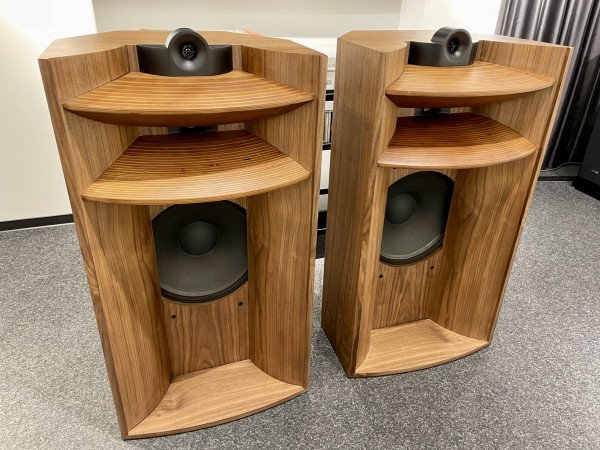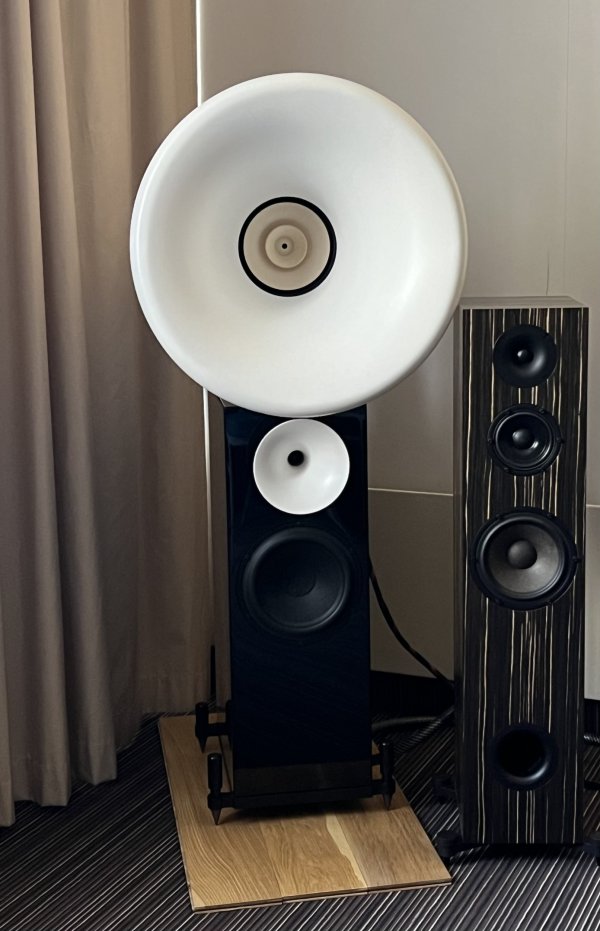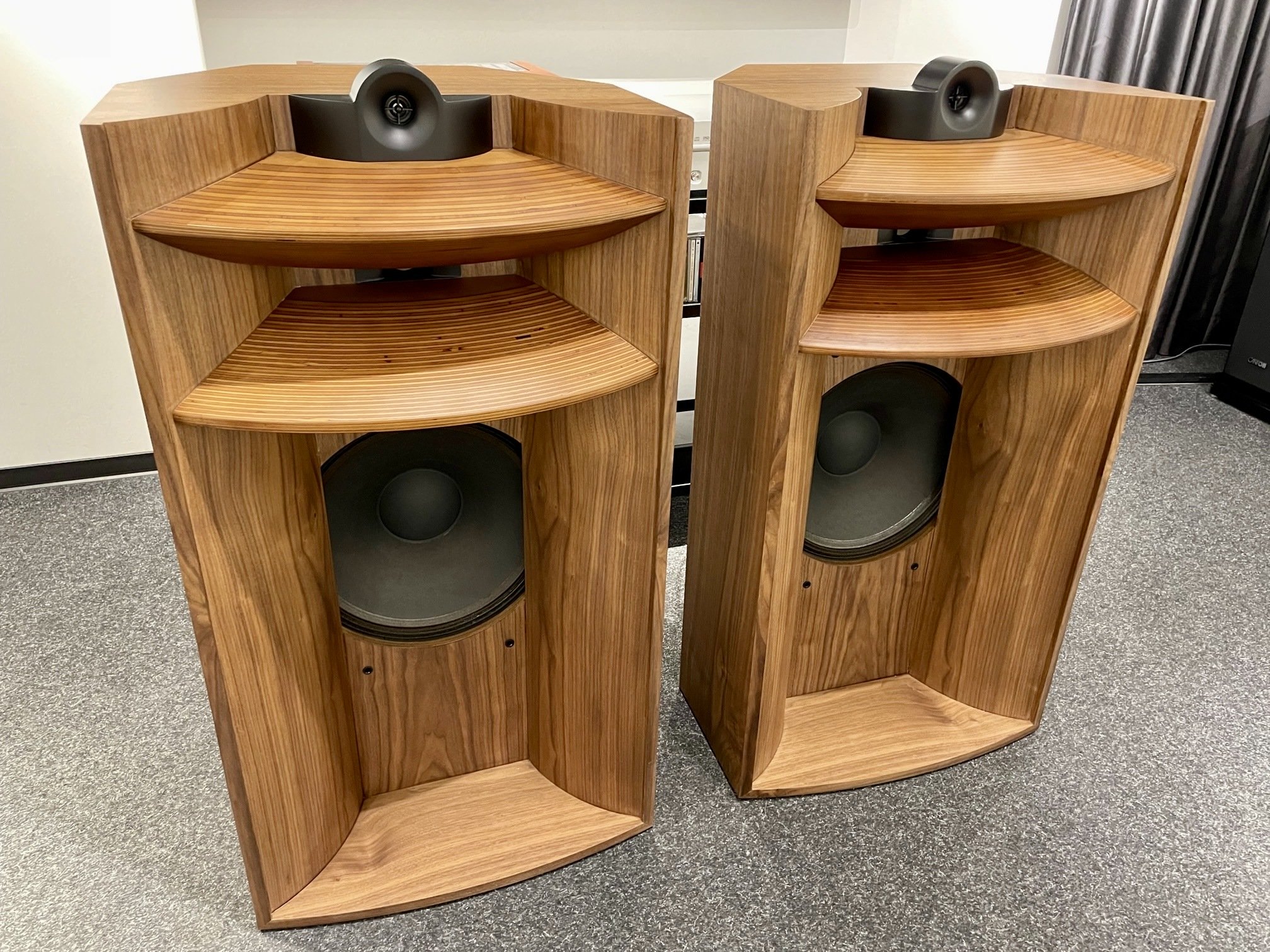I’d definitely think SET ownership is dominated by people who largely trust in their listening experiences and weigh more heavily on their subjective listening evaluations than other parameters.
It’s easy to skew the issues of objective assessment like measurements for those not factoring in that the choice to go to SET requires specific system tailoring and that most successful SET based systems work with those paradigms. So the less ideal performance scenarios of pushing SET beyond its reasonable limits or using inappropriate speakers isn’t a concern for content SET owners but clearly more so for the measurement first dudes.
I’d also suggest most people who end up with a SET based system don’t start out with SET. It seems to me many people evolve to SET from more typical amplification. So they have good references for what they are hearing with SET versus SS or high powered push pull tubes.
Few people’s journeys start with SET and that’s because the output limitations and speaker requirements seem counter intuitive to a young newby out of a more is more culture. Big power and cubic capacity is a fantastic early attraction. Most of us who fall in love with SET likely come to SET after years of living with some pathway mix of solid state and or other push pull tube amps, maybe some even dallied with class D amps… I know there are those who also moved on from SET after trying it out. No particular topology is right for all listeners or for all circumstances.
So for the long lasting SET owner any constraint of its topology is obviously being outweighed by what are seen as SET strengths or virtues. I’m not sure we need to be educated continuously on well known pros and cons or convinced that what we hear isn’t the best choice for us out of all those that we could have made.
This is a good overall assessment. Every SET owner I know came from a very different place than they have ended up. Most of the ones I know were planar speaker lovers, who of course had migrated to planar speakers from the usual box speaker suspects. I was also one of those planar speaker aficionados, having owned about 8 different brands/models of planar speaker (both ribbon and electrostat) before moving to horns and other high sensitivity speakers. I was primarily a fan of moderately high powered hybrid amps during that time; however, as a reviewer I got to try some SET amps (KR Audio Kronzilla monos), which despite probably not having quite enough power for my electrostats, sounded absolutely glorious compared to the other very good amps I had in house.
This took me then on a quest to get better matched speakers for this type of amp...and I landed eventually on 2-way horn speakers (Odeon La Boheme). I still have those but have expanded to Horning Eufrodite Ellipse, which are probably the most SET friendly speakers I have ever used and my own DIY setup using a Supravox 215-2000 wide band driver in a TQWT cabinet with a 1.4 inch compression driver/wood Tractrix horn fully active setup that uses 2 SET amps.
I would probably have much bigger horn systems if I had the floor space for it; however, the coherence of a well sorted 2-way gives me the horn dynamics (all speakers I have are 97dB or higher sensitivity) but also a seamlessness that I always loved about my full-range electrostats. it is also minimizes horn colorations to a negligible level, so transparency and timbre correctness are high and again comparable to planars.
I tried a several amp topologies on my horns, including: hybrid (conventional tube in/transistor out), PP Class A triode, PP Class AB ultralinear, class D, Single ended hybrid, single ended pentode and Class A SS besides numerous SETs. The only amp that is the equal or better to the best SETs I have owned is my Aries Cerat Protos, which is not only single ended it is single stage that blends tubes and transistors into a single element.
After hearing what SET did to the sound, it set me off on a quest to understand why they sound the way they do. It was obvious that from a purely technical perspective they are inferior, so it had to be something significantly less obvious. THis is when I started to dig into the history of amp testing, THD etc. and that they realized pretty earlier on that THD was not sufficient to characterize the sound people heard. D.E.L. Shorter came up with a metric to weight the harmonics of distortion. It wasn't sufficient but pointed out what people were discovering that high order harmonics cause progressively more damage to the sound and need to be weighted in such a way to reflect that importance. Later models have taken into account the importance of masking and the ears own role in that masking along with a dependence on SPL.
What comes out of those studies indicates that the usual way of making an amp and lowering distortion is detrimental to the sound quality and that the older, cruder single ended triode without feedback is better conforming to the hearing mechanics and the way masking works. There might be more distortion but it more effectively "hides" in the blind spot of the human ear/brain auditory system.
If all amps were designed this way, then I would bet that a simple metric like THD and/or IMD might very well be indicative of sound quality because clearly, there is a point where the distortion is high enough to become audible. However, as they are clearly mostly not SET, then that simple metric utterly fails and in some ways works in the inverse because it is actually more telling about the manipulation used to get that low number.
So, I was drawn to SETs by the sound and then based on my research into why found that there is actually a pretty good psychoacoustic justification for it. Does that mean that all people will gravitate towards that sound? No, because like all areas of human psychology, the results are statistical and not with ultra high correlations. This means there are plenty of outliers. What I can say though, is that nearly all my audiophile friends who came to SET have stayed with SET (or at least something single ended). I can actually only think of one who didn't stay and that was because he went away from high sensitivity speakers. If he were to go back to horns I am pretty sure he would return to single ended amps. I do have one friend who refuses to go that route and I think it is because he actually likes things to be somewhat edgy sounding...there are those guys out there.




















